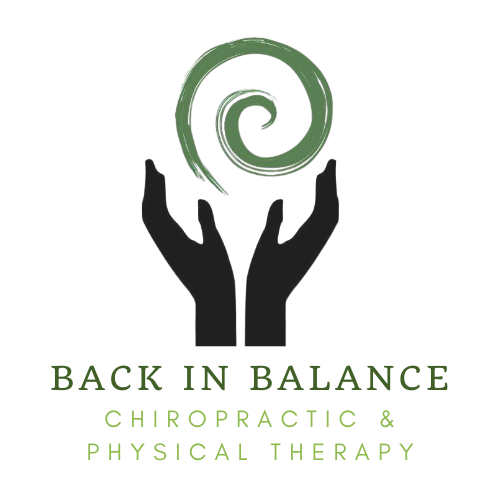Chiropractic care, encompassing a mix of spinal manipulation, active and passive exercises, and massage, is frequently utilized for the management and prevention of headaches. Despite its popularity, evidence of its efficacy for various headache types is scant, and spinal manipulation carries potential risks.
Common Reasons for Chiropractic Adjustment
Back in Balance Chiropractic and Physical Therapy
Current guidelines advocate chiropractic care for headaches, supported by ongoing research. Chiropractic therapy is commonly sought for cervicogenic headaches, migraines, and tension headaches, each responding differently to treatment.
For Cervicogenic Headaches
Originating from one side of the head and possibly extending to the same side’s shoulder or arm, cervicogenic headaches are thought to arise from neck issues, potentially triggered by injury. Unlike other headache types, medication often does not alleviate cervicogenic headaches, making spinal manipulation a recommended option.
Chiropractic treatment methods for cervicogenic headaches include:
- Spinal Manipulation: Performed by a trained healthcare provider, this involves applying a controlled force to a spine joint, sometimes producing a popping sound. The cervical spine is the focus for treating cervicogenic headaches. While most side effects are mild and temporary, serious risks associated with upper spine manipulation exist, such as stroke, bleeding, disc herniation, nerve compression, and artery dissection in the neck.
- Joint Mobilization: This therapy passively moves joints to improve movement or alleviate pain, targeting the cervical spine for headache treatments.
- Deep Neck Flexion Exercises: Under professional guidance, these exercises aim to stretch the deep neck flexor muscles crucial for neck support, involving movements like chin tucks and head nodding.
For Migraines
Migraines, often accompanied by dizziness and nausea, benefit from specific medications and procedures like pain injections. Since migraines and cervicogenic headaches can be hard to differentiate due to associated neck pain, professional diagnosis is crucial.
While not a primary recommendation for migraines, certain chiropractic treatments may offer relief:
Neuromuscular Massage: Focusing on back, shoulder, neck, and head trigger points, this massage aims to relax muscles, enhance blood flow, and reduce stress, potentially easing nervecompressed pain.
Multidisciplinary Care Intervention: A holistic approach combining physical therapy, relaxation, stress management, and dietary advice has shown effectiveness in mitigating migraine symptoms.
For Tension Headaches
Episodic tension headaches, stemming from prolonged muscle tension, usually respond well to overthecounter medications. Chiropractic treatments like spinal manipulation have not shown significant benefits for this headache type. Nonetheless, a comprehensive approach involving soft tissue therapy and stress management may aid in chronic tension headache relief.
Alternative chiropractic therapies for headache management include:
Lowload Craniocervical Mobilization: Utilizing a gentler force than spinal manipulation, this technique applies rhythmic movement to the cervical segments, often incorporating stretching.
A Word From Back in Balance Chiropractic and Physical Therapy
Exploring complementary and alternative (CAM) therapies for headaches with your healthcare provider can lead to effective pain relief strategies. Achieving the optimal therapeutic combination may require patience and experimentation.




